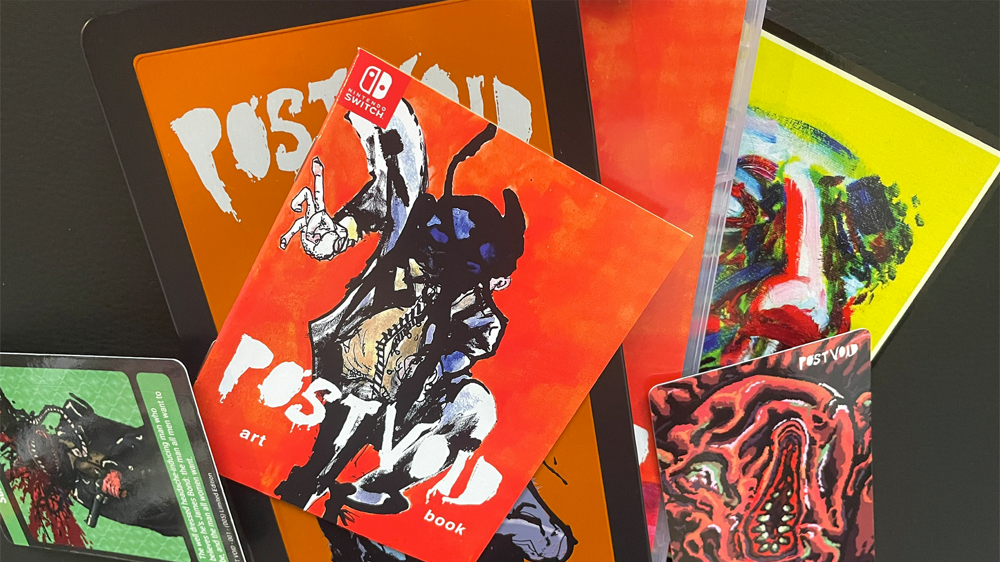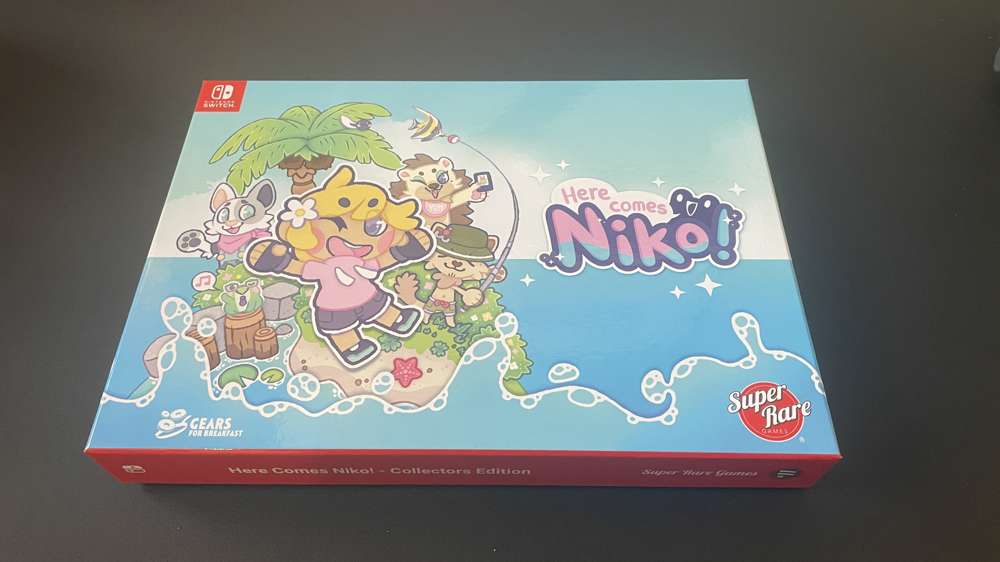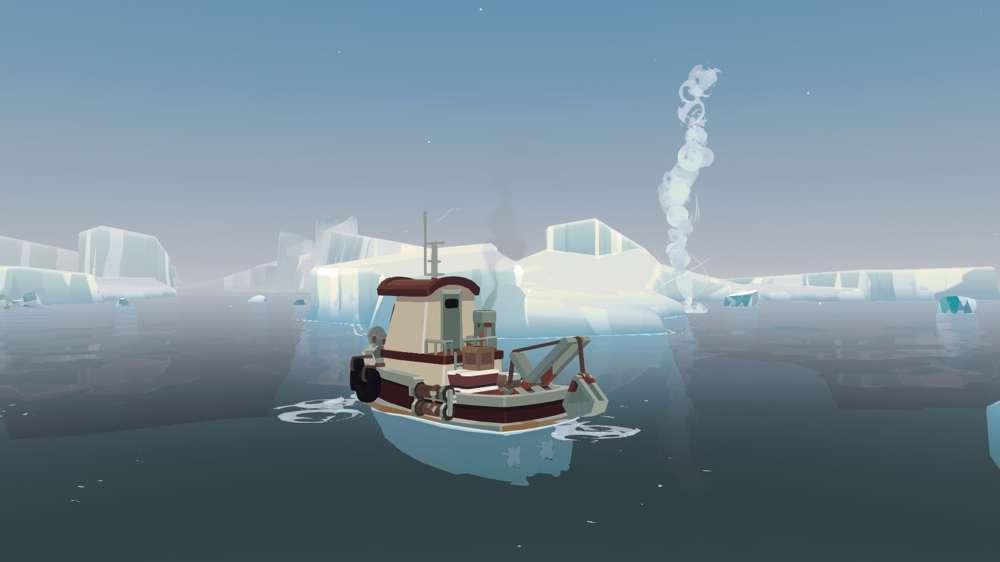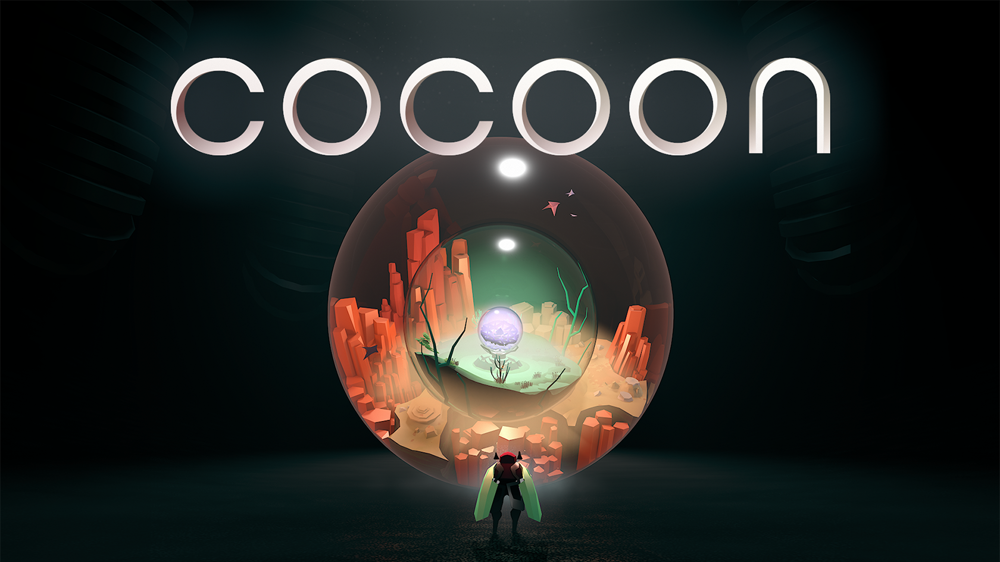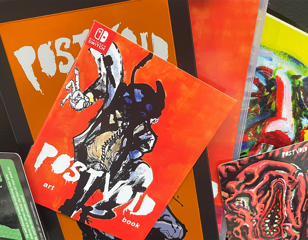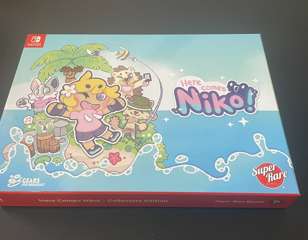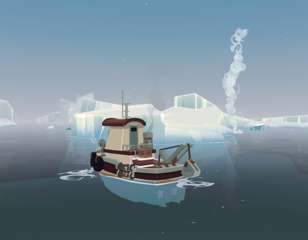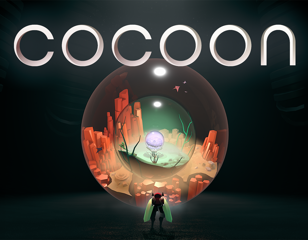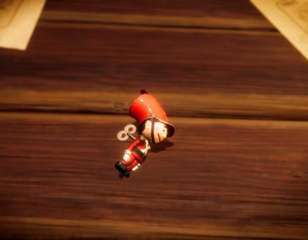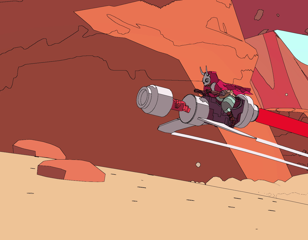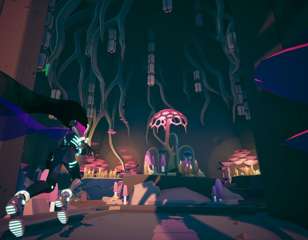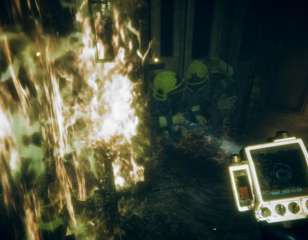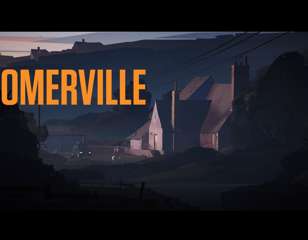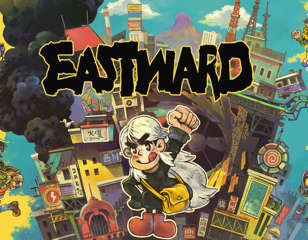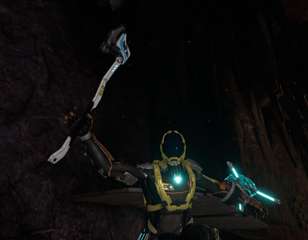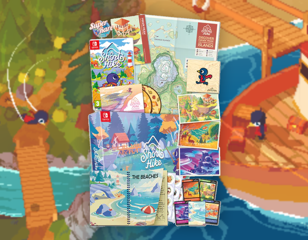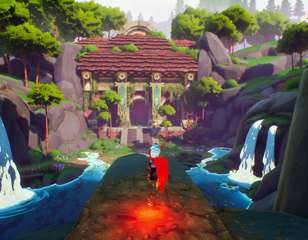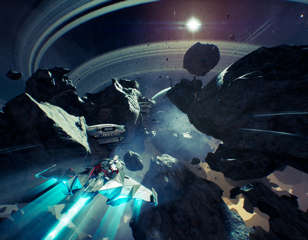Scarf Review: "Can't Help But Relish In The Wholesome Moment"
Drawing inspiration from the likes of Journey and Rime, Scarf presents an atmospheric, minimalist platform puzzler with stunning visuals and serene audio.
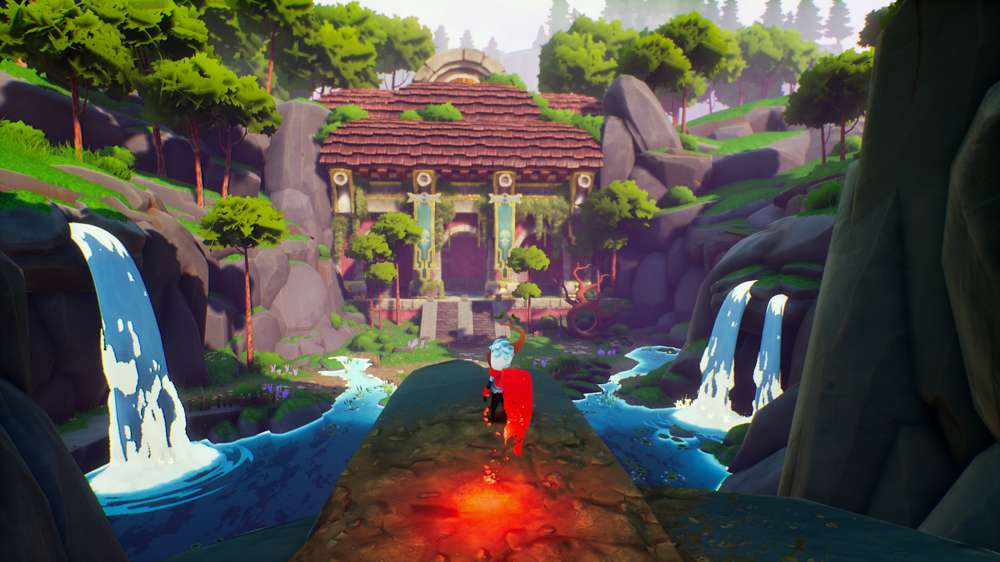
Scarf clearly draws most of its DNA from 2012s much-beloved Journey and it wears this inspiration proudly. It also draws from the likes of Rime, presenting a minimalist platformer with puzzles sprinkled in. While inspired by what came before it, these comparisons give Scarf some big shoes to fill and while Scarf certainly looks the part, does it deliver on the gameplay and can it do enough to stand out on its own?
- Considering another short indie game to tackle? Read our The Gunk review
A Hero's Journey
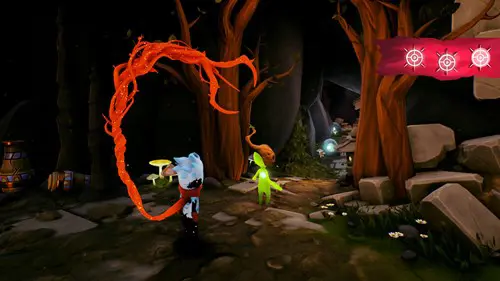
In Scarf, you play as Hyke, a young hero set on a quest to rescue the threads of your living, shape-shifting scarf’s mother. The disembodied voice of the mother tells you that these threads were stolen by the “cruel ones” leaving your scarf alone in the universe. Hyke and his scarf set out into the cosmos travelling through portals created by the threads to hunt down the cruel ones and return the threads so that your scarf may be reunited with her mother. If this sounds nonsensical, that's because, well... it is.
The opening narration sets up an unexpectedly dark game, one that contrasts with the cute, cartoon visuals. As you travel further through the worlds of Scarf, the story doesn’t stray from these dark elements and this contrast serves the game well, making both extremes stand out that much more.
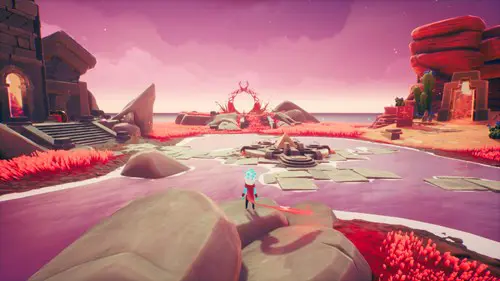
The “cruel ones”, or nomads as you come to learn they are called, have been using the threads to create portals, explore the cosmos and build on new worlds. You’ll explore three of these worlds during your playtime, with each one being themed around the ocean, desert, and forest respectively.
Each world has a unique aesthetic and new mechanics are steadily introduced as your progress from world to world, such as water-repelling orbs that can create an air bubble around you in the ocean world, to sandstorms that block you from progressing. Each of the mechanics introduced slowly adds to the complexity of the platforming and puzzles without ever becoming overly difficult, or on the other hand, too repetitive and boring.
Jumping, Swinging and Flying (Well... Gliding)
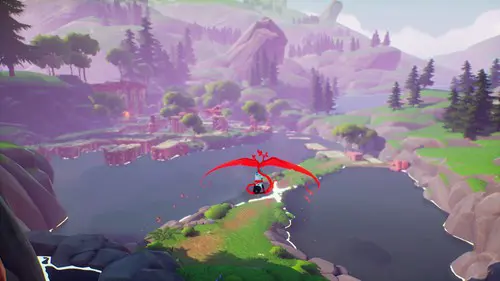
Your dragon-shaped scarf companion can transform herself into several different shapes which give Hyke different abilities that he can use to traverse the various worlds you explore. This includes morphing into a pair of wings to give Hyke a double jump, a lasso to swing between rings (more on this one later), or a glider allowing Hyke to cross large gaps. While this is an interesting mechanic and clever way to introduce the different abilities, the number of transformations is limited and each one could, and arguably should, have been used far more frequently throughout the game. As it stands, each one is needed much less often than you'd expect.
For a game with such interesting movement mechanics, far too much time is spent simply walking. Journey featured these iconic moments as you slid down mountains or glided through the air where the player would have to do very little but was rewarded with breathtaking visuals. The glider would have been perfect for this, giving Scarf more moments where the player takes a back seat and is left to simply enjoy the world around them and take in the artistry of what the developers have made. As it stands, the few gliding sections included are unfortunately quite short.

This leads nicely onto what is unfortunately the biggest weakness in Scarf: the platforming. Jumping and gliding are never precise enough, mainly due to Hyke’s momentum making it frustrating to stop exactly where you want to. This made some platforming sections unnecessarily frustrating, but the fact none of the platforming is particularly difficult to begin with means you're battling the mechanics rather than the actual complexity of the game design itself. If there was some real challenge, the floaty nature of the platforming would've been a much bigger issue.
On top of this, it feels reductive for the game to sometimes take away your scarf, which means you're without all of your abilities. While not constant, it happened frequently enough to be a drag during the short six hours or so you'll spend with the game, and it makes for even less fun platforming. Hyke's movement without any abilities is clunky and uninspired, to say the least.
The platforming is also not helped by frequent inclusion of the rings that your scarf can lasso to, as these tended to bug out and led to many annoying falls. Fortunately, Scarf is quite a forgiving game. Any falls during platforming sections only led to a quick restart just before you fell. While this made most of the game fairly straightforward, it makes Scarf a great choice for gamers of any skill level and would be perfect for someone new to the platforming genre... just don't expect to be playing one of the all-time classics.
Friends To The End
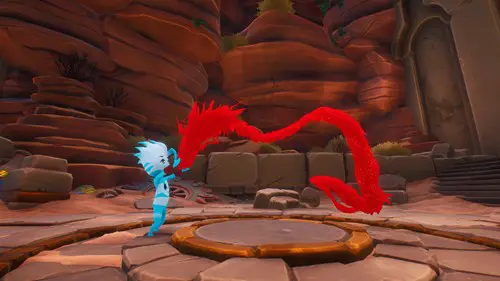
Scarf leaves most of its story up to interpretation, and more importantly, exploration. Outside of the intro and the ending, the bulk of the story is delivered through paintings and murals that you will organically find around the worlds that you explore and while the majority are in fairly obvious places, you do need to be observant to get the full picture. This is helped by the nine "inks" that are dotted around the three worlds. These are shards of "darkness" that, when collected, reveal small tidbits of story and paint a picture different to the one painted by the mother - suggesting that all might not be what it seems.
Without giving too much away, collecting six of the nine will unlock a secret ending. Most can be found slightly off the beaten track and the passages that lead to them are marked by an inked pillar, so are fairly easy to spot. This sort of storytelling is incredibly rewarding because it's up to the player how much or how little they take in, and it gives unravelling the story piece by piece a feeling of accomplishment. This style of minimalist storytelling fits perfectly with the aesthetic of the game and having multiple endings also adds some replayability to the game. When coupled with the other collectibles that are spread across the worlds, it all helps extend the admittedly short initial playtime.
The biggest disappointment with Scarf is that the relationship between Hyke and his scarf doesn’t get a conclusion. This relationship is built throughout the game with genuinely adorable interactions between the two and these quiet, introspective moments where the two play and explore. Great effort has been taken to give the scarf a personality and bring her to life, but no matter which ending you unlock we’re given no final interaction between the two. Which, given the context of the endings, feels lacklustre.
Inspiration Or Imitation?

The art is really what makes Scarf stand out. Scenic and atmospheric, Scarf delivers a serviceable platformer but its excellent visuals and audio are what make it a delight to play. There are moments in Scarf that are delightful, jumping between platforms, solving puzzles and the music will swell with gentle strings and wind instruments. The grass will sway and the sun will beam down as your scarf flutters gently in the breeze. In these moments the charm of Scarf will seep through and you can’t help but relish in the wholesome moment.
The problem is that Scarf doesn’t deliver on the platforming side and, unlike the fantastic Journey, Scarf never reaches that satisfying conclusion where all those small introspective and grand sweeping moments add up to a crescendo that sticks with you even after you stop playing. Instead, Scarf falls a little flat and, while there is a lot of fun to be had, it doesn’t quite stand up to those games that inspired it.
3.5/5
Reviewed on PC. Code provided by the publisher.
Comments

